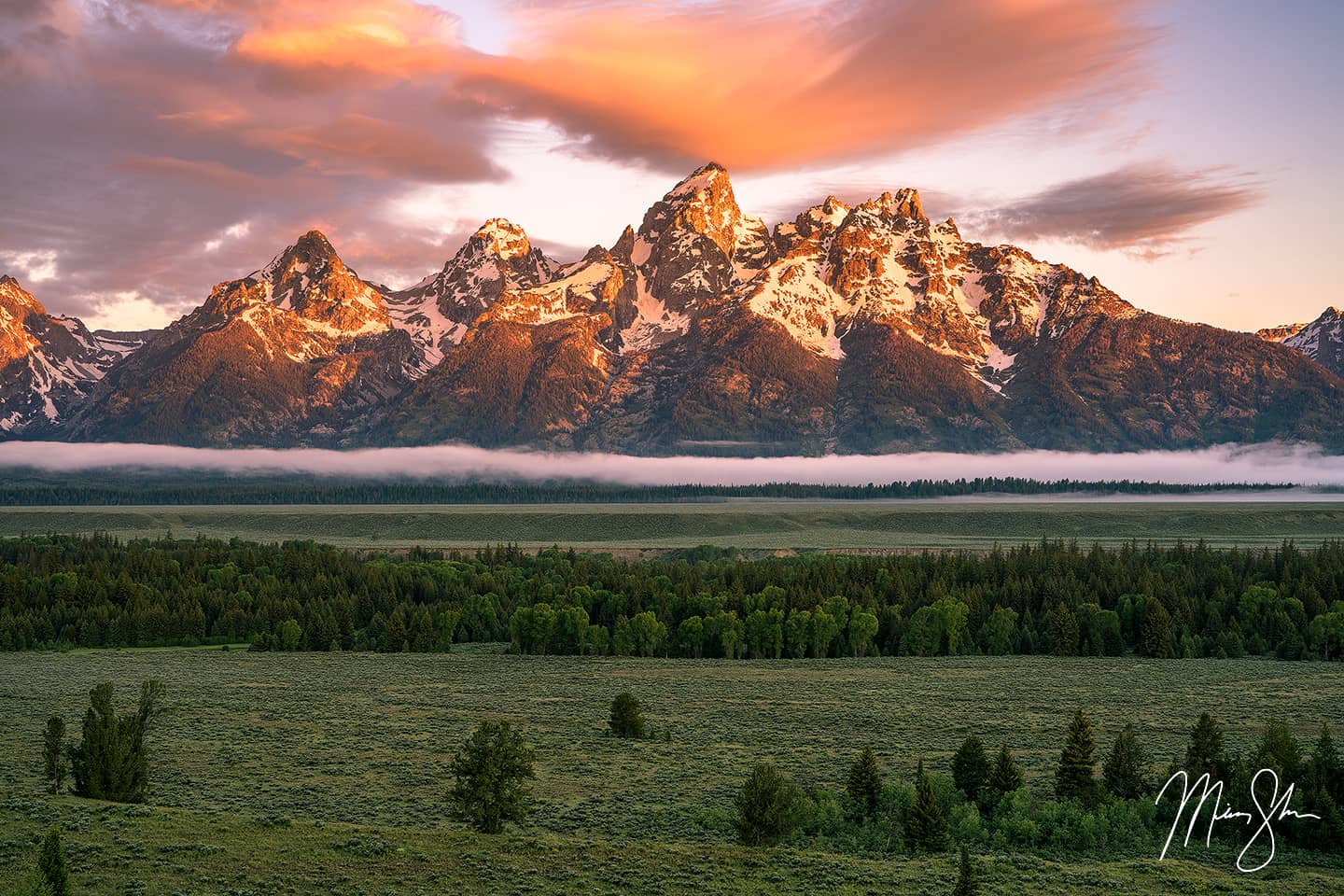/grand-teton-national-park-153089571-59b70dd20d327a00110f147c.jpg)
Echoes in the Landscape: America’s Enduring Legends
America, a land of sprawling landscapes, towering cities, and a history both brief and profound, is also a nation woven from a rich tapestry of legends. These aren’t just quaint folktales; they are the whispers of the past, the echoes of dreams and fears, and the very soul of a people still defining themselves. From the ancient, sacred narratives of indigenous peoples to the larger-than-life tales of pioneers and the enigmatic sightings of modern cryptids, American legends offer a unique lens through which to understand the nation’s identity, its relationship with its environment, and its relentless pursuit of meaning in the vast expanse it calls home.
To truly grasp the essence of these legends, one must first look to the land itself – a powerful muse for countless stories. Consider the majestic grandeur of Grand Teton National Park in Wyoming, a place where jagged, snow-capped peaks pierce the cerulean sky, reflecting in the glassy surface of Jenny and Jackson Lakes. This is a landscape that demands reverence, inspires awe, and naturally, births legends.
The Ancient Voices of the Tetons

Before the arrival of European explorers, the valleys and mountains of what is now Grand Teton National Park were the ancestral lands of various Native American tribes, including the Shoshone, Crow, Blackfeet, and Gros Ventre. For these peoples, the mountains were not merely geological formations but living entities, imbued with spiritual significance and central to their cosmology.
One prominent legend attributed to the Shoshone and Crow tribes speaks of the "Three Brothers." This tale explains the distinctive trio of peaks – Grand Teton, Middle Teton, and South Teton – as three brothers who, through an act of sacrifice or transformation, became guardians of the valley. Their stories, passed down through generations, often detailed the creation of the land, the behavior of animals, and the spiritual pathways to wisdom and understanding. These narratives underscore a profound connection to the earth, a worldview where every rock, river, and peak holds a story, a lesson, or a sacred memory.
The very name "Teton" itself is a legend of a different kind, a linguistic artifact of early European encounters. French-Canadian trappers, upon seeing the three prominent peaks, reportedly named them "Les Trois Tetons," a rather crude anatomical reference to female breasts. This linguistic clash – the sacred, reverent names of indigenous peoples supplanted by the pragmatic, sometimes irreverent observations of newcomers – highlights the collision of cultures that would define much of America’s expansion. Yet, even this European name, now commonplace, has its own story, reminding us of the diverse origins of the legends that cling to this land.
From Frontier Heroes to Mythic Beasts
As European settlers pushed westward, bringing their own traditions and anxieties, new legends emerged, often intertwining with the existing indigenous narratives. The vast, untamed wilderness of the American frontier became a crucible for tales of extraordinary individuals who embodied courage, resilience, and a touch of the superhuman.
Figures like Davy Crockett, the "King of the Wild Frontier," transformed from a real-life frontiersman and politician into an almost mythical hero whose feats of strength and cunning were exaggerated with each retelling. His legend, born in the rugged Appalachians and later transplanted to the Texan Alamo, symbolized the independent spirit and rugged individualism celebrated in the burgeoning nation. Similarly, Paul Bunyan, the giant lumberjack and his blue ox Babe, personified the colossal task of taming the continent’s forests. Paul Bunyan’s tales, often told around logging campfires, spoke of rivers being dug with a single stroke of his axe and forests cleared in a day – a metaphor for the sheer scale of human effort required to shape the landscape.
But the frontier wasn’t just about conquering nature; it was also about confronting its mysteries and dangers. The "Wild West" gave birth to legends of outlaws like Jesse James and Billy the Kid, romanticized figures whose crimes were often overshadowed by their perceived rebellion against authority, becoming folk heroes in the process. These legends, frequently embellished by dime novels and oral tradition, explored themes of justice, freedom, and the blurred lines between right and wrong in a lawless land.
The Enduring Power of the Unseen

Even as America modernized, its appetite for the unexplained remained insatiable. The 20th and 21st centuries saw the rise of cryptids – creatures whose existence is unproven but persist in folklore – and a new wave of urban legends that reflect contemporary anxieties and fascinations.
Perhaps the most famous American cryptid is Bigfoot, or Sasquatch. Said to roam the vast, dense forests of the Pacific Northwest and other remote areas, this ape-like creature embodies humanity’s enduring fascination with the wild and the unknown. Countless alleged sightings, grainy photographs, and footprint casts fuel the legend, making Bigfoot a cultural icon that speaks to our primal connection to the wilderness and the possibility that there are still mysteries beyond our scientific grasp. "The enduring appeal of Bigfoot lies in its ability to challenge our assumptions about the known world," observes folklorist John W. Smith. "It’s a modern myth that thrives in the spaces where science ends and speculation begins."
Other regional cryptids, like the Jersey Devil of the Pine Barrens or the Mothman of West Virginia, each weave local history, ecological features, and moments of collective fear into their narratives. These legends, whether humorous or chilling, serve as cultural touchstones, warning tales, or simply entertaining stories that bind communities together.
The Fabric of a Nation
What, then, do these diverse legends tell us about America? They are far more than mere stories; they are a collective autobiography, reflecting the nation’s journey from diverse indigenous cultures to a complex, multi-ethnic society.
They speak to a deep-seated desire for meaning and connection to the land. From the Shoshone’s reverence for the Tetons to the modern search for Bigfoot, there’s a consistent thread of seeking the extraordinary within the ordinary, of finding spiritual or mysterious significance in the natural world. They reveal the American spirit of individualism and self-reliance, encapsulated by heroes who conquer obstacles through sheer will and strength.
Moreover, American legends often serve as a moral compass, teaching lessons about courage, justice, and the consequences of hubris. They also provide an outlet for collective anxieties – the fear of the unknown, the struggle against nature, or the unease of rapid societal change. The embellished tales of historical figures and the persistent belief in cryptids both highlight a human need for narratives that transcend the mundane, offering a sense of wonder and possibility in an increasingly rationalized world.
From the snow-dusted peaks of Grand Teton, where ancient spirits are said to dwell, to the misty forests where Bigfoot allegedly roams, America’s legends are an integral part of its identity. They are a testament to the power of storytelling, a living testament to the human imagination, and an ongoing conversation between the past and the present. They remind us that the fabric of a nation is not just woven from facts and dates, but from the enduring, evocative, and sometimes unsettling whispers that echo through its vast and legendary landscapes. And as long as there are mountains to climb, forests to explore, and mysteries to ponder, America’s legends will continue to grow, adapt, and define the ever-evolving soul of the land.


